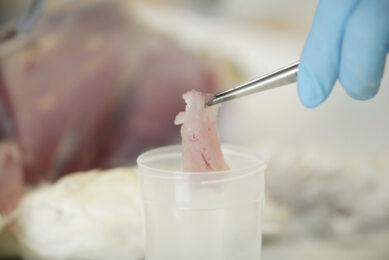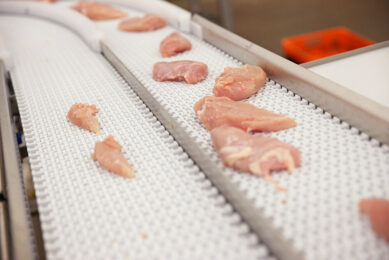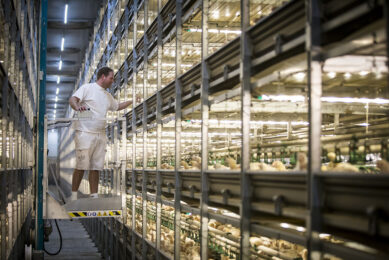Ostrich meat microbiology
There is an EU regulation on meat production that forces the industry to apply an HACCP system, either by official institutions or by companies. This system includes frequent meat sampling for microbiological tests, in order to achieve healthy meat products, hygienic improvements for meat processing, pathogen free samples and to comply with the EU and the national regulations (i.e. EU Decision 2072/05).
There is an EU regulation on meat production that forces the industry to apply an HACCP system, either by official institutions or by companies. This system includes frequent meat sampling for microbiological tests, in order to achieve healthy meat products, hygienic improvements for meat processing, pathogen free samples and to comply with the EU and the national regulations (i.e. EU Decision 2072/05).
Microbiological tests have a limited value for guaranteeing food safety, but that control measure for meat means the end of an era for the industry and their products. A lot of international administrative requirements have been achieved by the meat companies before the test. Meat sampling is in fact a sign of industry maturity.
When no legal EU specific regulation is available on microbiological composition of ostrich meat, criteria from reference labs and scientific institutions may be considered. In Spain we have the National Food Centre (CAN) an international laboratory under ISO 17025 standards.
Spain is a recognized international reference on ostrich meat research in this area (Alonso-Calleja, 2004; Capita, 2006 ) but specific microbiological criteria for ostrich meat is not applied. Beef reference figures are still used for ostrich meat sampling- as it´s probably done in other EU countries.
In order to approve microbiological criteria of non-EU countries (like Brazil or South Africa) references from scientific institutions should be recognized by EU authorities. Their microbiological methods need to be validated under international ISO standards. Those institutions should indeed support the commercial microbiological criteria from meat companies in the international meat trade, because of their poor legal value.
Due to the present lack of approved international standards for fresh and frozen ostrich meat in Europe and because of a greater demand for healthy products, the objective is to determine what the microbiological criteria is. Europe is apparently more involved and supportive than Brazil or South Africa in terms of meat microbiology research (Fernández-López, 2008 ). Although Brazilian industries and institutions should achieve, what the EU has yet to achieve, the adherence and regulation of international microbiological criteria for ostrich meat sampling.
QUESTION
Has your country a specific microbiological criteria on ostrich meat sampling?…..
To view the latest Ratites newsletter (nr. 15) click here
Join 31,000+ subscribers
Subscribe to our newsletter to stay updated about all the need-to-know content in the poultry sector, three times a week. Beheer
Beheer








 WP Admin
WP Admin  Bewerk bericht
Bewerk bericht